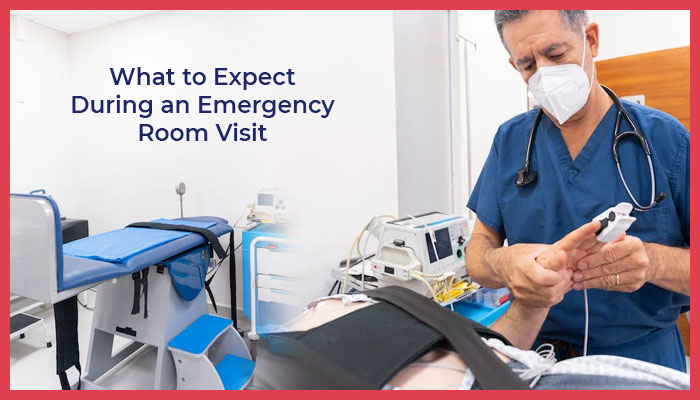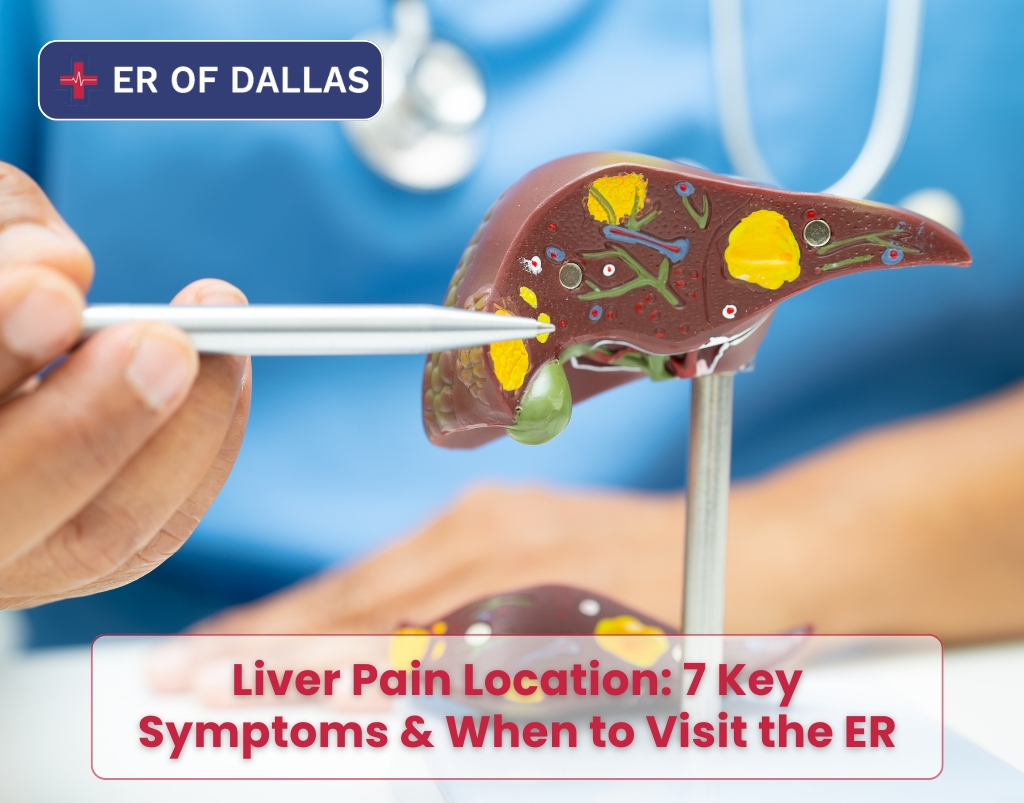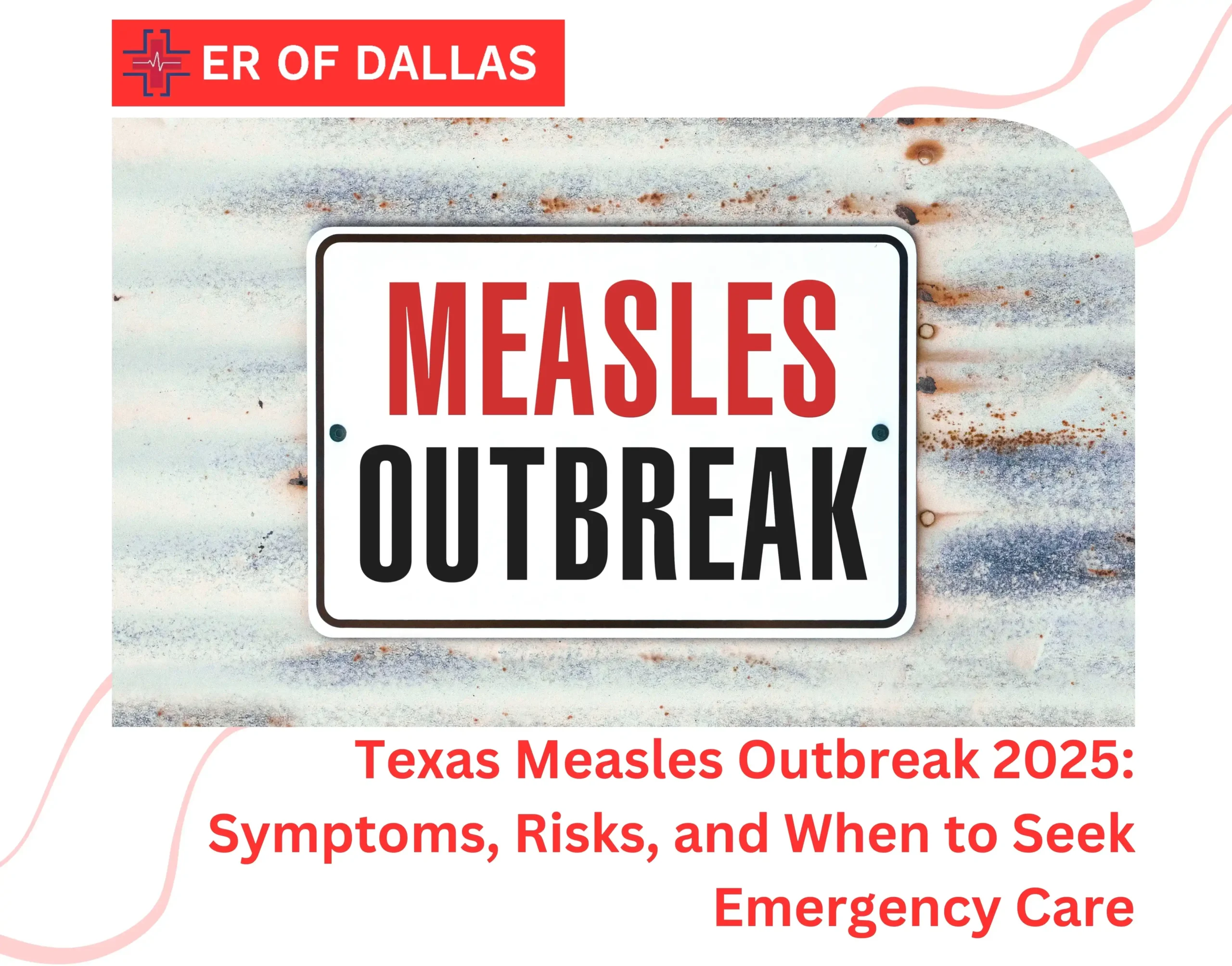An emergency room visit can be a daunting experience, often filled with uncertainty and anxiety. Whether you’re seeking medical attention for yourself or a loved one, understanding what to expect during an emergency room visit is crucial to navigate the process smoothly and effectively. This article will guide you through the entire journey, from the moment you step into the ER to when you leave, addressing the intricacies of the process and offering valuable insights.
Understanding the Purpose of an Emergency Room Visit
Before delving into the specifics of an Emergency room visit, it’s essential to comprehend the primary purpose of an emergency room. ERs are designed to handle critical medical situations that require immediate attention. These can range from severe injuries and acute illnesses to life-threatening conditions, making the ER a vital part of our healthcare system.
Preparing for the Visit to Emergency Room
Gathering Necessary Information
To ensure a smooth Emergency room visit, gather essential information such as personal identification, medical history, and insurance details. Having this information readily available can expedite the registration process, ensuring that healthcare providers have the information they need to make informed decisions.
Arranging Transportation
In emergencies, having a reliable means of transportation to the ER is crucial. If possible, plan ahead for transportation, or call 911 if immediate medical assistance is needed. It’s vital to reach the ER as quickly and safely as possible.
Bringing Essential Documents
Be sure to carry identification, insurance cards, and any relevant medical records, including a list of allergies and current medications. These documents help the medical staff understand your medical history and allergies, which can be crucial in providing safe and effective care.
What to Expect Upon Arrival
Triage Process
Upon arriving at the ER, you will undergo a triage process where a nurse or healthcare provider assesses the severity of your condition. Patients with more critical conditions are prioritized for immediate care. Triage ensures that the most urgent cases receive prompt attention, potentially saving lives.
Registration and Paperwork
After triage, you’ll be required to complete registration forms. This step includes providing personal and insurance information. Registering is essential for accurate billing and ensures that you receive appropriate care, even if you’re unable to provide the necessary information later.
Medical Evaluation and Assessment
Initial Assessment
A healthcare provider will conduct an initial assessment, including taking vital signs and a brief medical history. This helps determine the urgency and nature of your condition. The initial assessment is the first step in diagnosing your condition and deciding on the appropriate course of treatment.
Diagnostic Tests
Depending on your symptoms, the ER staff may order diagnostic tests like X-rays, blood tests, or scans to further evaluate your condition. These tests aid in making an accurate diagnosis, allowing for more targeted treatment.
Consultation with Healthcare Providers
You’ll have the opportunity to discuss your condition with a medical professional. Feel free to ask questions and provide any additional information that may be pertinent to your diagnosis and treatment. Open communication ensures that the medical team has a comprehensive understanding of your situation and can provide personalized care.
Treatment and Care
Medications and Procedures
Treatment in the ER may include medications, wound care, or minor surgical procedures. The type of treatment depends on your diagnosis. Healthcare providers will administer appropriate treatments to address your specific condition, ensuring the best possible outcome.
Monitoring and Observations
Healthcare providers will closely monitor your condition to ensure stability or improvement. This may involve periodic assessments, tests, and observations. Continuous monitoring is vital to track your progress and make necessary adjustments to your treatment plan.
Communication with Healthcare Staff
Maintaining open communication with the ER staff is vital. Share any changes in your condition, concerns, or questions to ensure you receive the best possible care. Effective communication fosters trust and collaboration between you and the medical team, leading to better outcomes.
Waiting Times and Crowds
ERs can be busy, leading to varying waiting times. Patience is essential, and the severity of your condition will influence how quickly you receive treatment. While waiting, healthcare providers are working diligently to provide care to all patients, so your patience is greatly appreciated.
Support and Comfort for Patients and Families
Emotional Support
ER staff understands the stress that accompanies medical emergencies. They can provide emotional support to help you and your family cope with the anxiety and uncertainty of the situation. Don’t hesitate to seek emotional support when needed.
Facilities and Amenities
Many ERs offer waiting areas with amenities like water and restrooms for the comfort of patients and their families. These facilities provide a more comfortable environment while you await care and can help ease the stress of the situation.
Discharge and Aftercare
Instructions and Prescriptions
Upon discharge, you’ll receive instructions for at-home care and any necessary prescriptions. It’s crucial to follow these guidelines for a smooth recovery. The instructions and prescriptions provide you with a clear path to recovery and help prevent complications.
Follow-Up Appointments
Depending on your condition, you may be advised to schedule follow-up appointments with specialists or your primary care physician. These appointments are essential for monitoring your progress and adjusting your treatment plan as needed.
Billing and Insurance
Understanding the Costs
ER bills can be complex, and understanding the costs involved is essential. Ask for an itemized bill to review the charges and ensure accuracy. Understanding the costs helps you plan for potential financial responsibilities.
Insurance Coverage
Contact your insurance provider to understand your coverage for emergency room visit. This can help you plan for potential out-of-pocket expenses and minimize financial stress during an already challenging time.
Common Myths and Misconceptions
Dispelling myths about emergency room visit can ease concerns and better prepare you for the experience. Accurate information can help alleviate anxiety and ensure that you make informed decisions about seeking emergency care.
The Role of Emergency Room Staff
Learn about the dedicated healthcare professionals who work tirelessly to provide care in the ER. Understanding their roles and responsibilities can foster trust and appreciation for the critical work they do.
Staying Informed and Prepared for Future Visits
Knowledge and preparation are your allies in navigating the ER effectively. Stay informed about your health, maintain a healthy lifestyle, and be prepared for any future emergency situations. Your proactive approach can make a significant difference in the quality of care you receive.
Conclusion
While an emergency room visit can be stressful, understanding the process and knowing what to expect can significantly ease the anxiety associated with such situations. ER staff is there to provide critical care and support, and your proactive approach to preparing for an emergency room visit ensures you receive the best possible care.
Frequently Asked Questions
Q: Is an Emergency room visit always necessary for medical emergencies?
An ER visit is essential for severe, life-threatening conditions. For non-urgent medical issues, consider urgent care or contacting your primary care physician. Understanding the difference can help you make the right choice for your health.
Q: How long does the average Emergency room visit take?
ER visit durations can vary widely. Critical cases are prioritized, so waiting times depend on the severity of other patients’ conditions. Patience is crucial during your visit.
Q: What should I do if I don’t have insurance for an Emergency room visit?
Many hospitals offer financial assistance programs. Discuss your situation with the hospital’s billing department to explore available options and avoid the burden of high medical bills.
Q: Can I choose which hospital’s ER to go to in an emergency?
In most cases, you can choose the hospital you prefer. However, consider the nearest ER for severe emergencies to minimize travel time and receive care as quickly as possible.
Q: What can I do to reduce my chances of needing an Emergency room visit?
Maintaining a healthy lifestyle, following safety guidelines, and seeking regular medical check-ups can reduce the chances of an emergency room visit and help manage potential health risks proactively.











